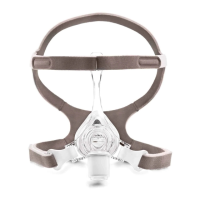
Do you have a question about the Philips RESPIRONICS Pico Traditional Nasal Mask and is the answer not in the manual?
| Mask Type | Nasal Mask |
|---|---|
| Manufacturer | Philips Respironics |
| Product Line | Pico |
| Size Options | Small, Medium, Large |
| Cushion Material | Silicone |
| Headgear Included | Yes |
| Compatibility | CPAP and BiPAP machines |
| Cushion Type | Traditional |
| Vent Type | Exhalation port |
Specifies the nasal mask's purpose for CPAP/bi-level therapy for patients over 66lbs/30kg.
Highlights mask features like built-in exhalation and material info, and explains common symbols.
Lists critical safety warnings for mask usage, including life support, sealing ports, and user precautions.
Identifies and labels key mask components using diagrams for user reference.
Provides detailed steps for hand washing the mask and its parts, including cautions.
Outlines procedures for dishwasher cleaning and institutional reprocessing for multi-patient use.
Details how to size and fit the mask cushion correctly for optimal performance and seal.
Step-by-step guide on wearing, positioning, and adjusting headgear straps for comfortable fit.
Guidance on connecting tubing, device operation, leak checks, and using the quick release.
Offers advice for comfortable wear and instructions on how to remove the mask.
Instructions for removing and attaching mask components like headgear and cushion.
Explains the mask's compatibility and resistance value (X1) with System One devices.
Provides detailed technical data including pressure-flow curve, deadspace, and sound levels.
Covers proper disposal, recommended storage conditions, and limited warranty information.
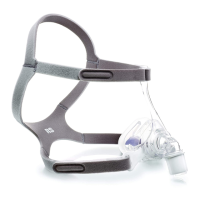
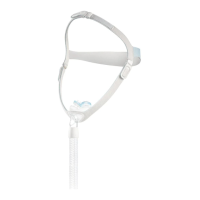

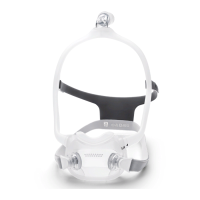
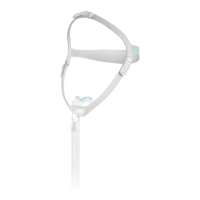
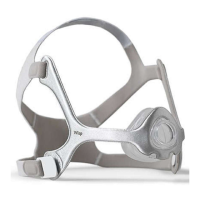
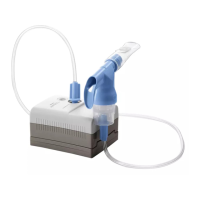
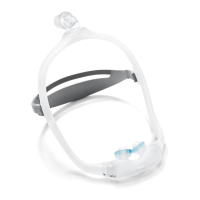
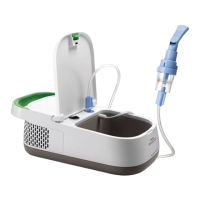
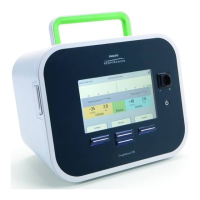
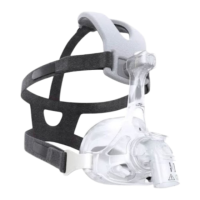
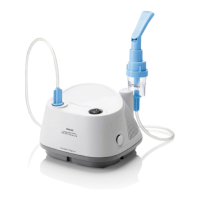
